The mountain gorilla, known scientifically as Gorilla beringei beringei, teeters on the brink of extinction, with just over 1,000 individuals remaining globally. Uganda is home to more than half of this population, spread across the thick forests of Bwindi Impenetrable National Park and Mgahinga Gorilla National Park. These protected areas are part of the Virunga Massif and the Albertine Rift—regions recognized as some of the most biologically diverse ecosystems on Earth.
What draws travelers from across the globe to Uganda’s jungles is not simply the act of seeing a gorilla. It is the depth of the encounter. After hours of guided trekking through challenging terrain, often involving steep inclines, slippery paths, and dense undergrowth, visitors are rewarded with a precious 60-minute window in which to quietly observe a habituated gorilla family. It is a sacred silence, broken only by the sounds of the forest and the gentle grunts or playful gestures of a species whose emotional expressions so closely mirror our own.
Unlike traditional safaris where distance is often a barrier, gorilla trekking places one face-to-face with emotion, intelligence, and primal connection. Infants tumble through the ferns, juveniles test their strength, and dominant silverbacks command presence with dignified calm. There is no fence, no glass, only the raw, unscripted reality of shared space.
This intimacy is made possible by decades of careful conservation, where selected gorilla families have undergone habituation—an extensive process whereby these wild animals gradually learn to tolerate human presence without losing their natural behaviors. The result is an encounter that feels authentic yet deeply respectful, orchestrated not for spectacle but for stewardship.

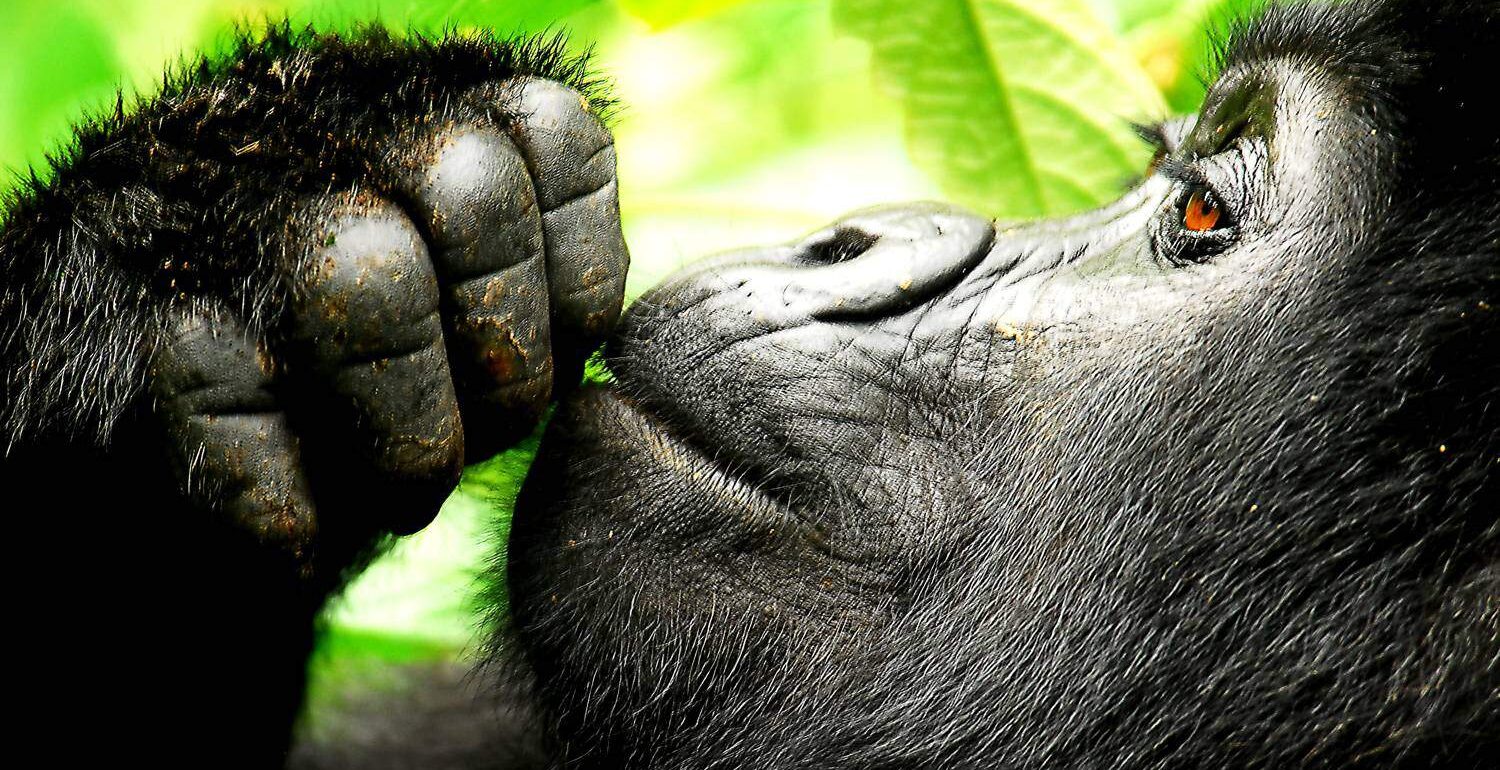
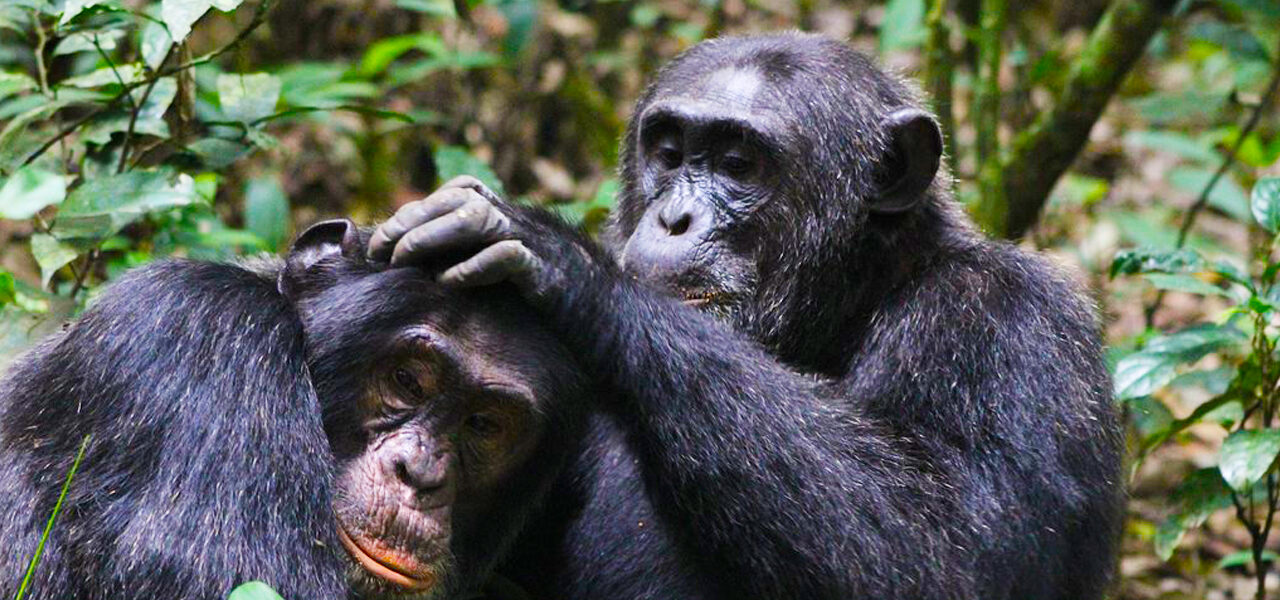

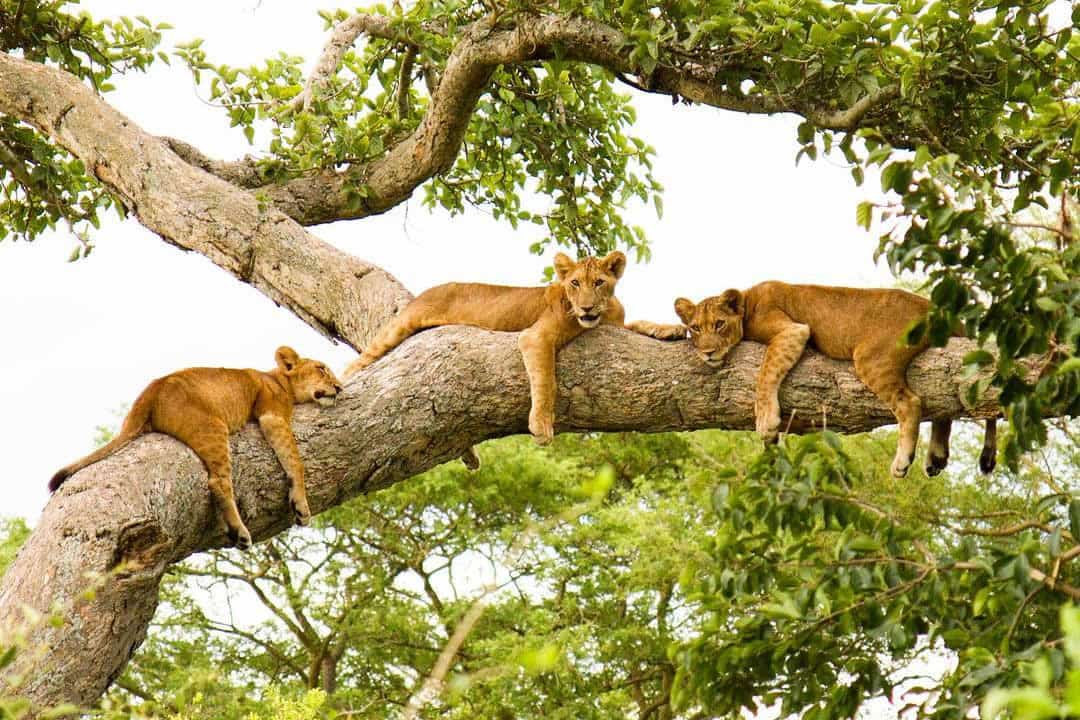
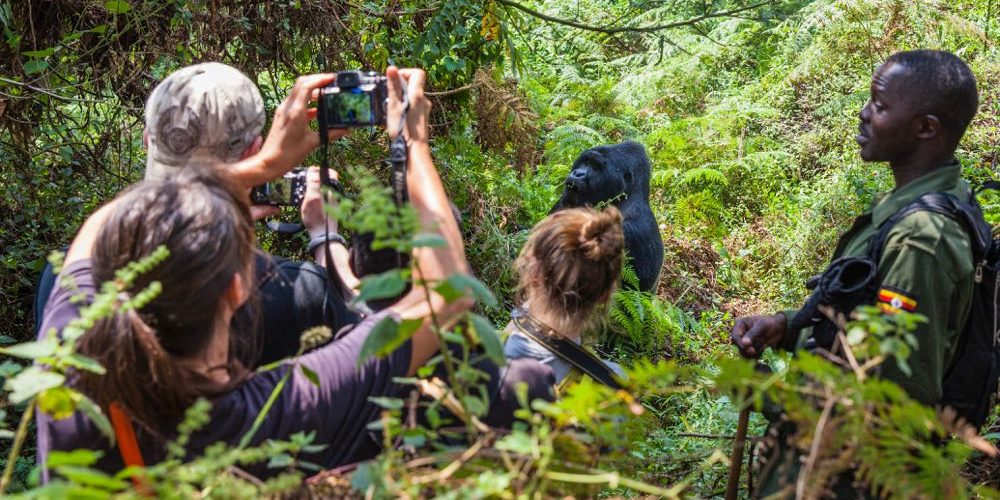
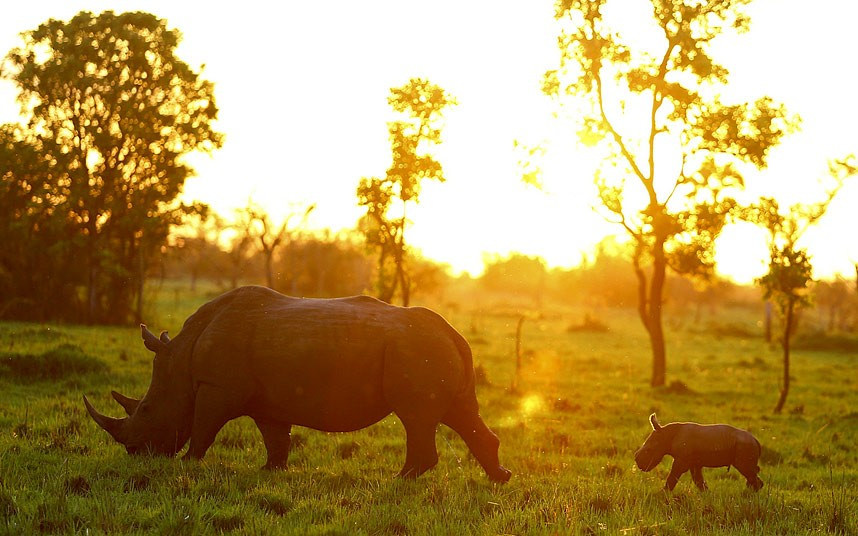

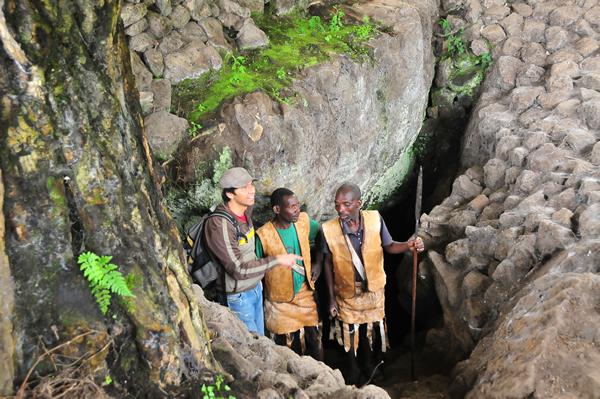

 WildHorn Africa – Authentic and unforgettable tours across Africa, guided by local experts who know the land, wildlife, and culture best.
WildHorn Africa – Authentic and unforgettable tours across Africa, guided by local experts who know the land, wildlife, and culture best.


